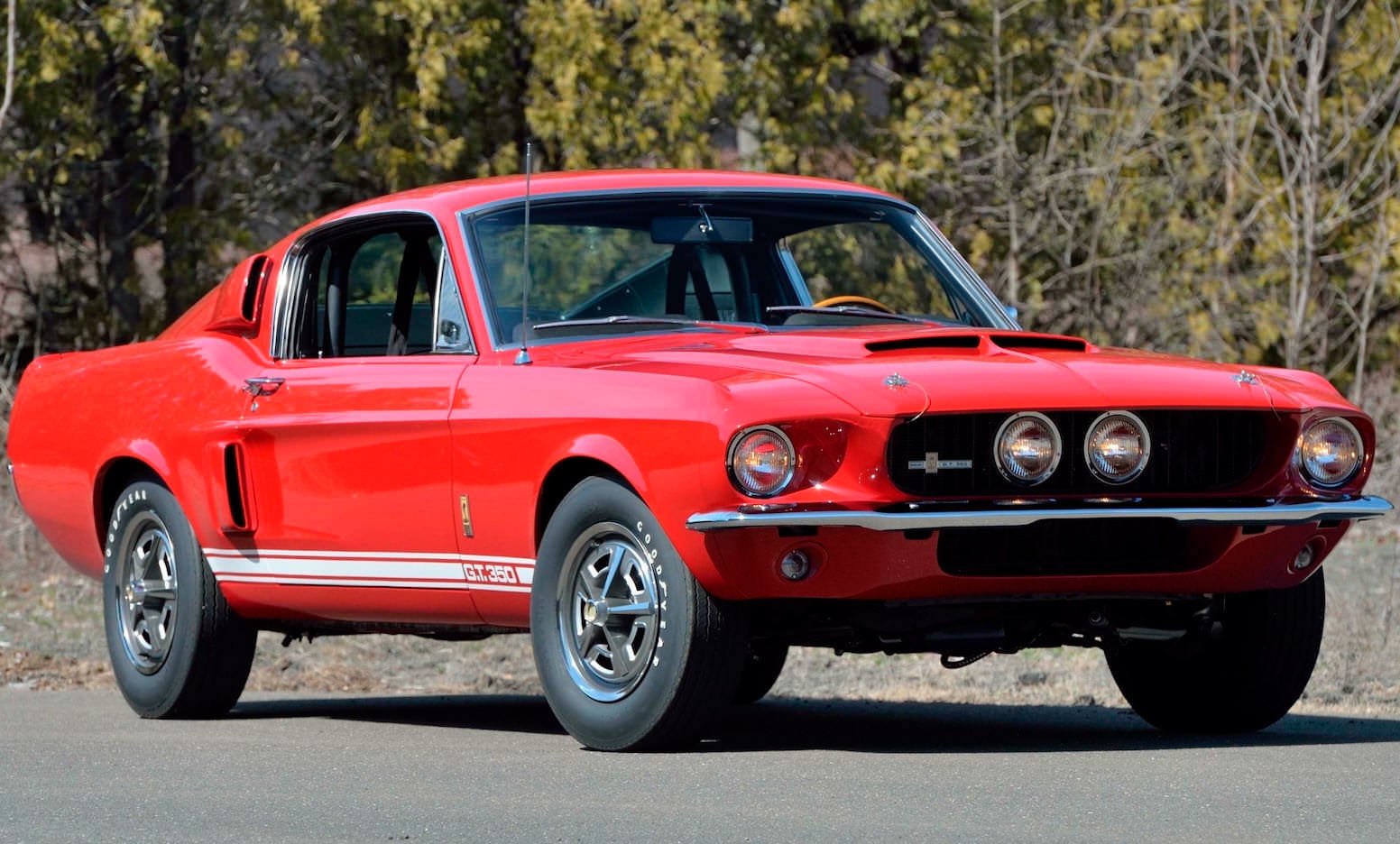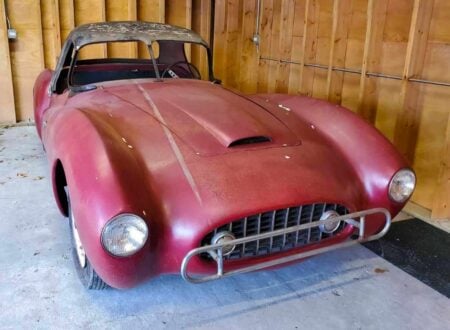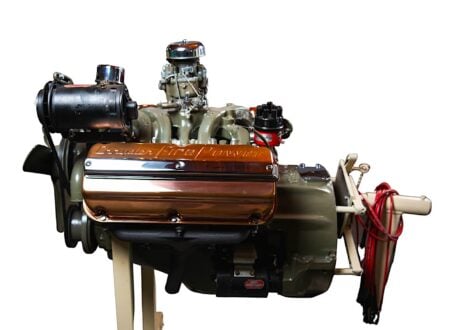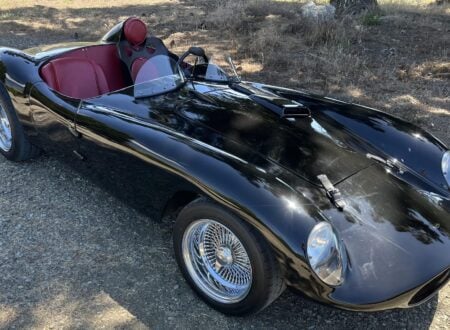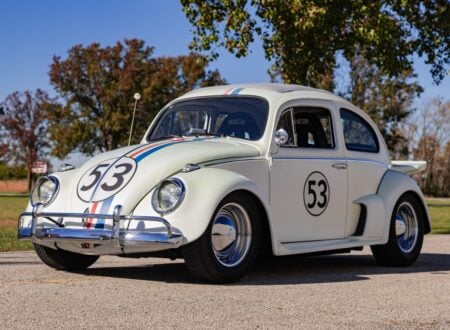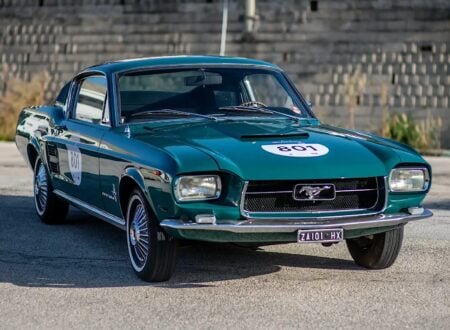Just 35 examples of the Shelby GT350 were factory-fitted with a Paxton supercharger in 1967, they were internally marked as the “Cobra Supercharger,” and they offered a significant boost in power over the standard GT350, increasing output from 306 bhp to 390+ bhp.
Some owners of supercharged GT350s have found that with some proper tuning they make a little more than 400-450 bhp – vastly more than the 355 bhp that was offered from the big block 428 cubic inch V8 in the Shelby GT500 and without incurring the front-heavy weight penalty of the larger engine.
Fast Facts – The Supercharged 1967 Shelby GT350
- The first supercharged Shelby GT350 was built as a prototype in 1965, it started out as a standard GT350 which was then lent to Andy Granatelli of Paxton Superchargers who created a bespoke bolt-on kit for the car.
- It’s said that Carroll Shelby loved the car after driving it, it offered considerably more torque and approximately 100 bhp more than the standard model with its 289 cubic inch Hi-Po Ford V8. Plans were put in motion to create the Shelby GT350S, a factory-built supercharged GT350.
- For reasons lost to history the GT350S was never officially unveiled as a standalone model, the Paxton supercharger was instead offered as an optional extra on the standard GT350 with a price of $549 USD or approximately $5,097 USD in 2023 dollars.
- Just 11 were made in 1966, followed by 35 in 1967. The majority of them don’t seem to have survived to the modern day, but when an authentic supercharged GT350 does get put up for sale it attracts a lot of interest as it’s widely seen as the Holy Grail of Shelby Mustangs.
Shelby, Granatelli, And A Phone Call
In 1965 when the Shelby GT350 was still a new release, Carroll Shelby’s office phone rang, on the other end of the line was Andy Granatelli of Paxton Superchargers and he had an offer than was too good to turn down. He told Shelby to lend him one of his new GT350s and he would install a supercharger for free, to showcase the hefty performance increase it would offer.
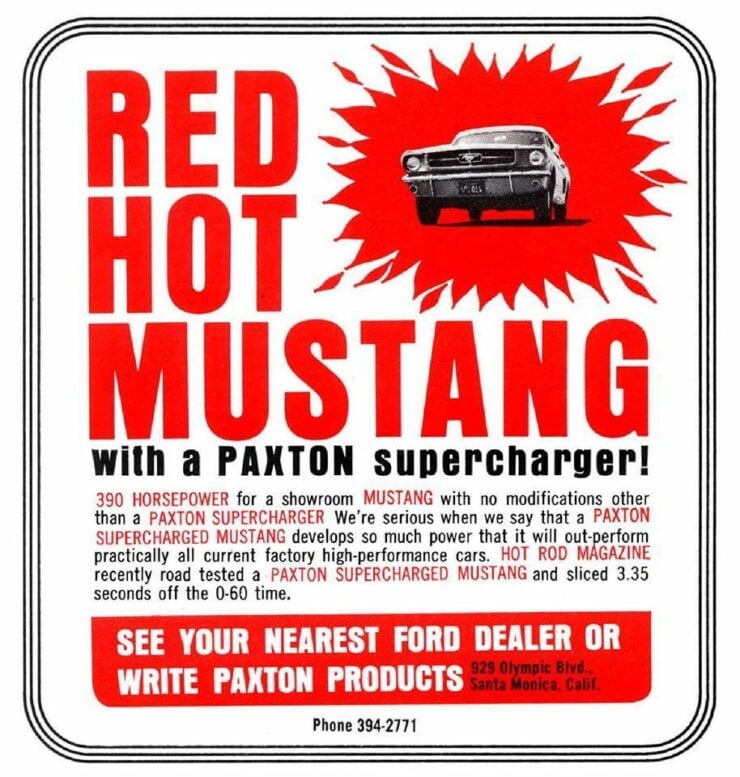

Fortunately Shelby said yes, and not long after he loaned a freshly-built GT350 to Granatelli and his team who set to work on what was a high-stakes custom install at the time. Paxton had made a name for themselves with their supercharger kits designed to fit Ford Flatheads V8s, they later made kits for Studebakers, Packards, and other marques.
The kits were incredibly simple at first, they typically included a suitably sized centrifugal supercharger, the required brackets and belt, and the ducting needed to send the intake charge through the carburetor. There were no intercoolers, digital ignitions, or fancy fuel electronic injection – just 6-7 PSI of hot, pressurized air.
Developing The Supercharged Shelby GT350
With the release of the new Ford Mustang in 1964 and the fact that the car was an instant best-seller meant that the team at Paxton took an interest in developing a supercharger kit for it.
Not too long after this Ford had approached Carroll Shelby who they already had a relationship with thanks to the Ford-powered Shelby Cobra, and asked him to create a high-performance version of the new Ford Mustang so they could take the car racing and establish some bonafide motorsport credentials for it.
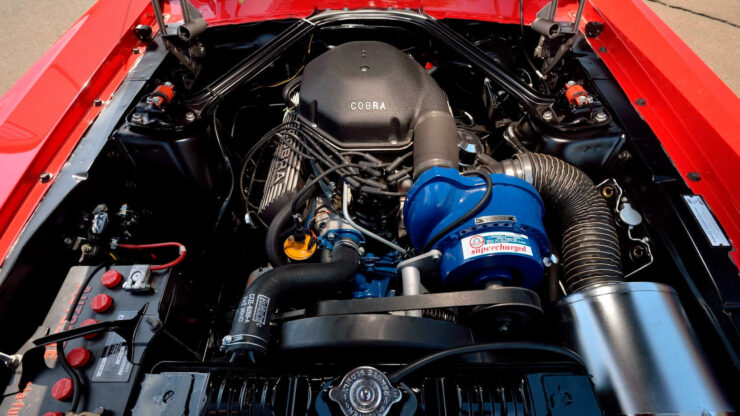

And so it was into this mix that Granatelli of Paxton called Shelby, and the project for a new supercharged Shelby GT350 got underway, the model was intended to be sold as the top-of-the-line Shelby Mustang, and named the “Shelby GT350S.”
Apparently the first time Carroll drove the supercharged car he loved it, the already powerful 289 cubic inch Hi-Po Ford V8 was capable of 306 bhp in naturally aspirated form, with the supercharger it made a claimed 390 bhp however some owners claimed to have tuned theirs to eye-watering figures approaching 450 bhp.
There are reports that the non-intercooled cars with their carburetors and points ignition systems were hard to tune properly with the supercharger, and they needed different set ups for different regions given the vastly different climate, weather, and altitude that’s encountered across the mainland United States. This is possibly why it was never offered officially as the GT350S.
The Paxton supercharger was still offered as a factory-fitted option, with a hefty price of $549 USD or approximately $5,097 USD in 2023 dollars. For that money you got the single fastest Mustang available anywhere, capable of achieving the 0-62 mph dash in a little over 5 seconds and hitting a top speed of 150+ mph.
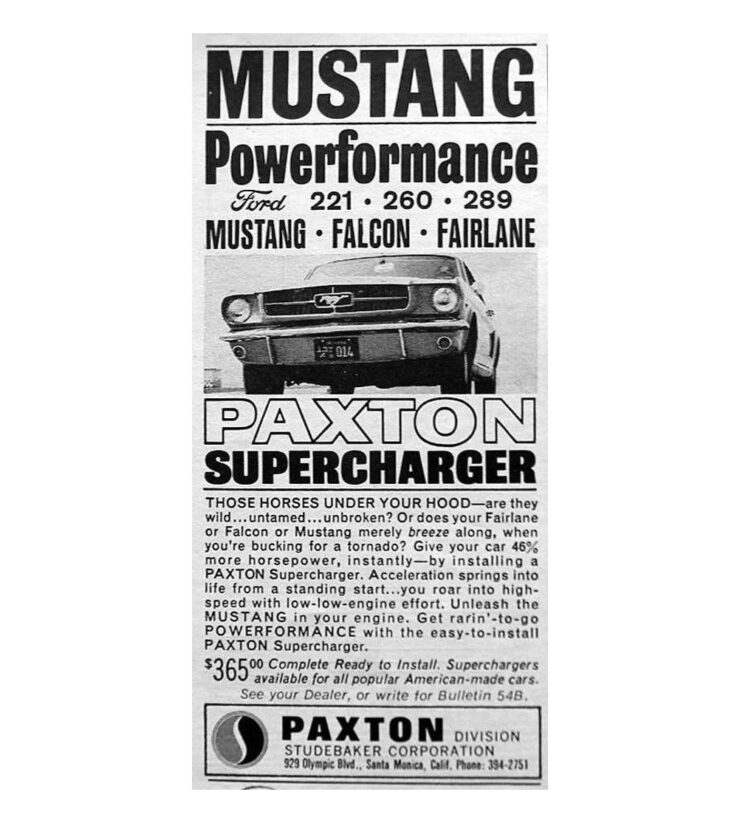

By the standards of the mid-1960s it was a supercar, and faster than the Lamborghini Miura that took 6.7 seconds to complete the same run.
Demand for the supercharged GT350 was low, possibly due to the cost and possibly due to the fact that it wasn’t promoted particularly heavily. Just 11 were sold in 1966 with a further 35 following in 1967. Today they’re the Holy Grail of Shelby GT350s, and the few that have survived are worth significant sums.
The 1967 Supercharged Shelby GT350 Shown Here
The car you see here is an original supercharged Shelby GT350 from 1967, it’s one of the 35 that were factory-made and one of very few that have survived to the current day. It’s a 4-speed manual car with a black bucket seat interior, a wood-rimmed steering wheel, and period correct Goodyear White letter Speedway tires.
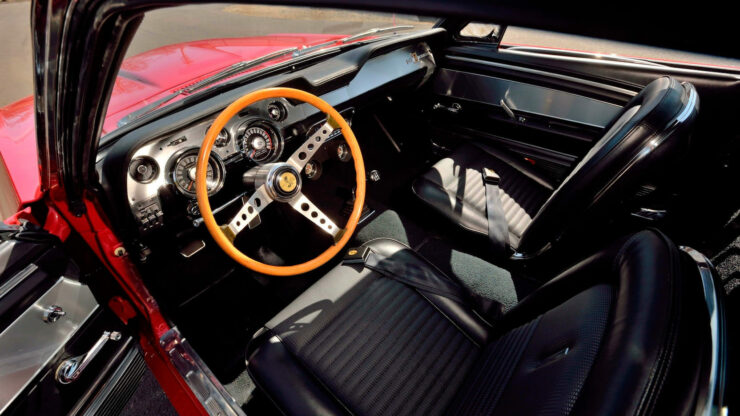

This is Shelby No. 02311 and it comes with a copy of original order form that is marked “Cobra Supercharger.” It was built on May 19th of 1967 and shipped out to Robie Ford Sales in Dorchester, Massachusetts on the 12th of July. This car’s history is listed in the Shelby Registry and it was featured in the Spring 2003 issue of The Shelby American.
Importantly, the vehicle was recently given an extensive no-expense-spared restoration to original specification by the team at Cobra Automotive in Wallingford, Connecticut that cost $300,000 USD and required 2,000 hours of labor.
It’s now being offered for sale by Mecum in mid-May and you can visit the listing here if you’d like to read more about it or register to bid.
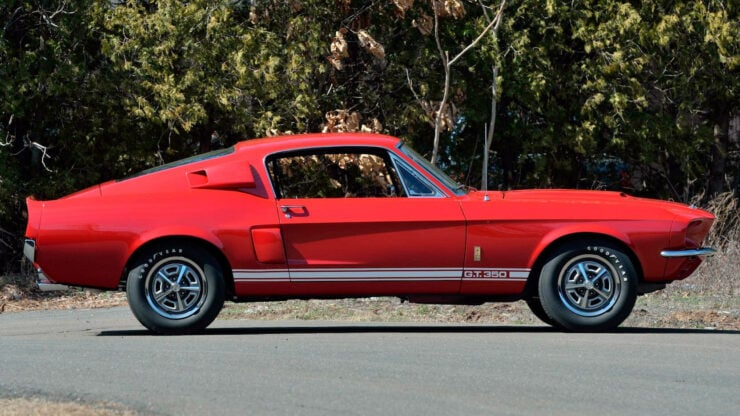
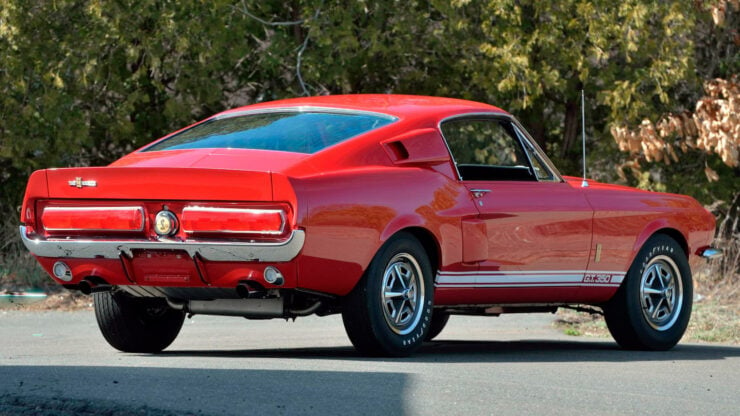
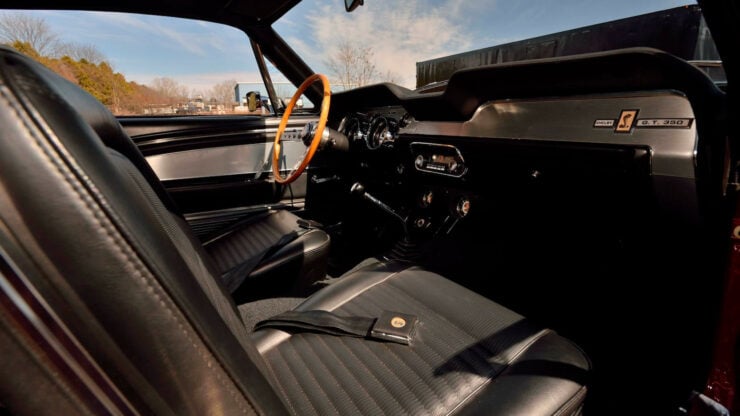
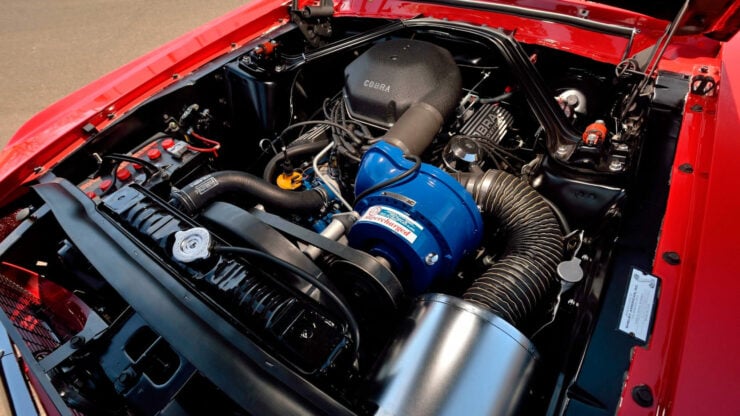
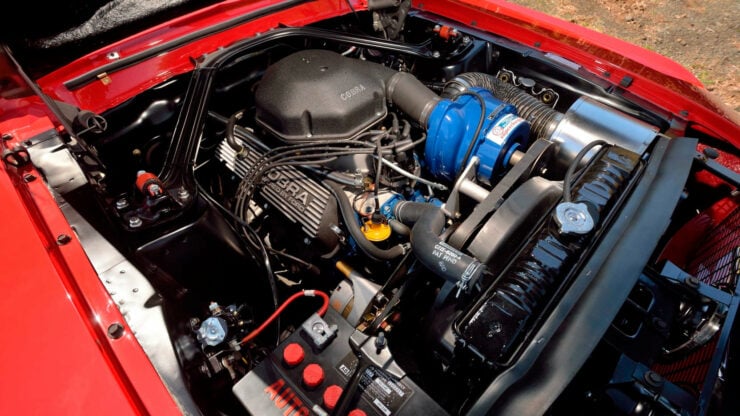
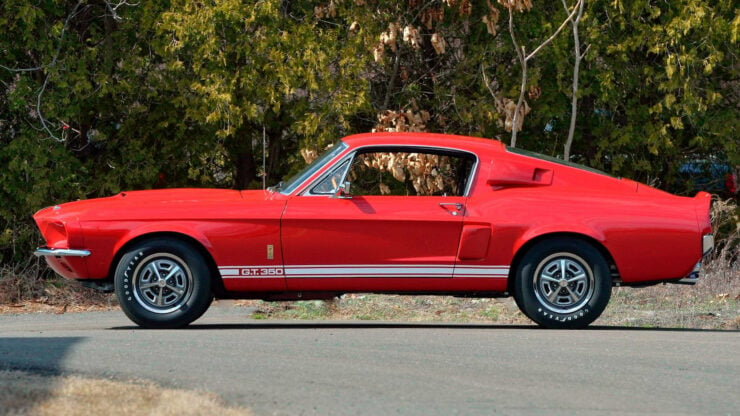
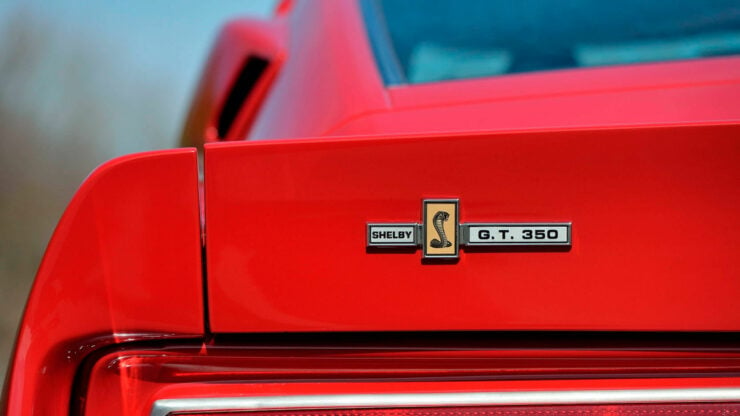
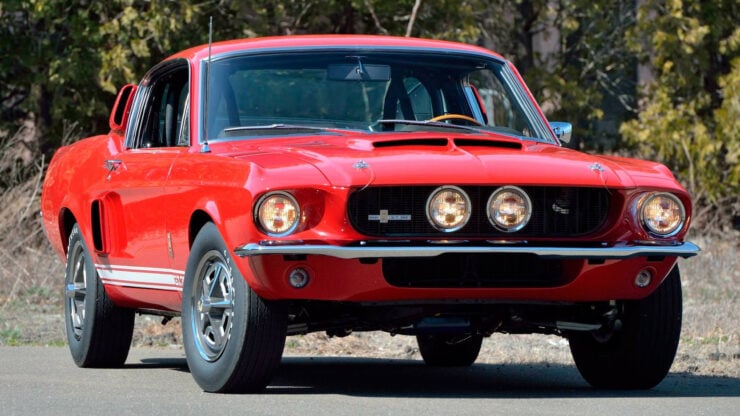
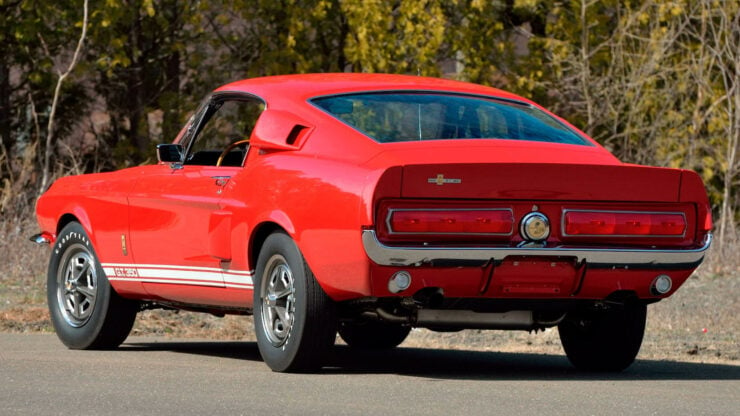
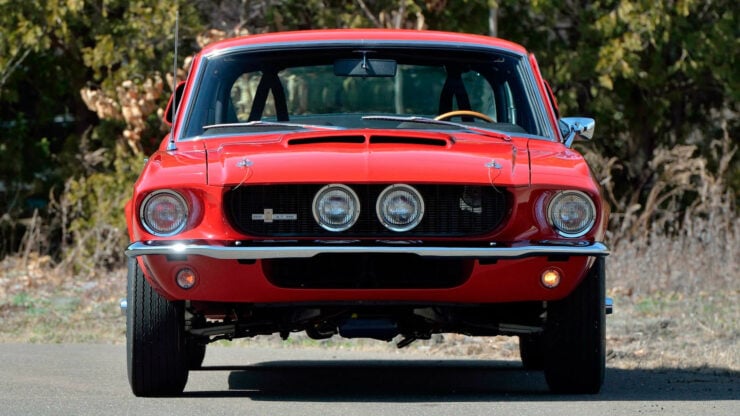
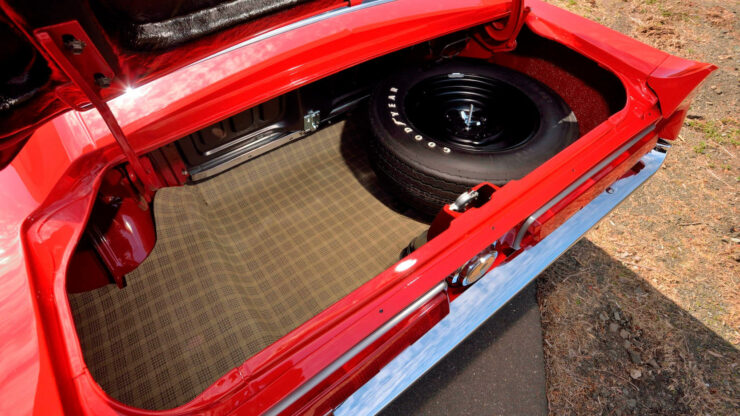
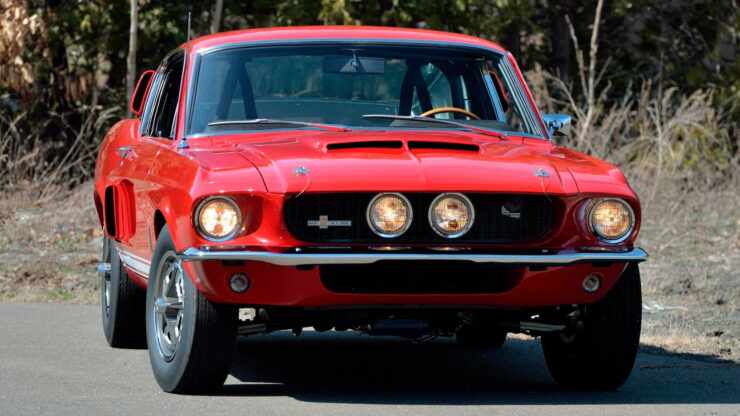
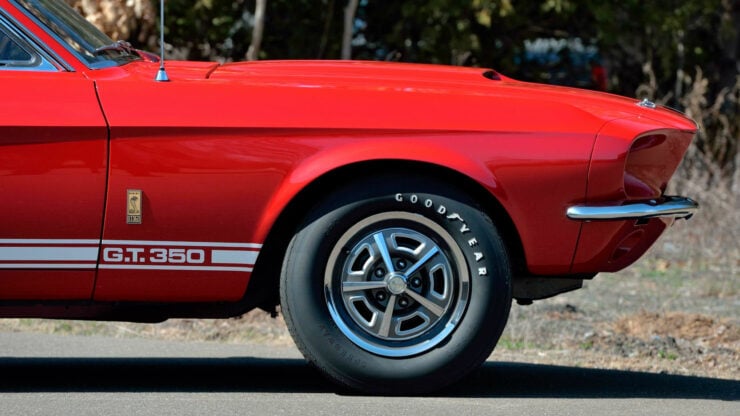
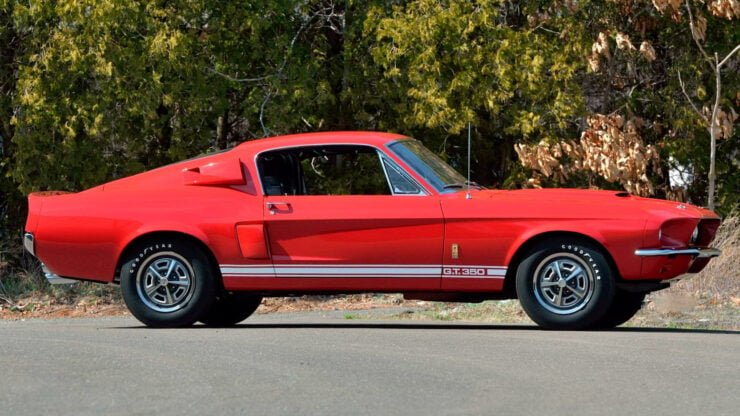
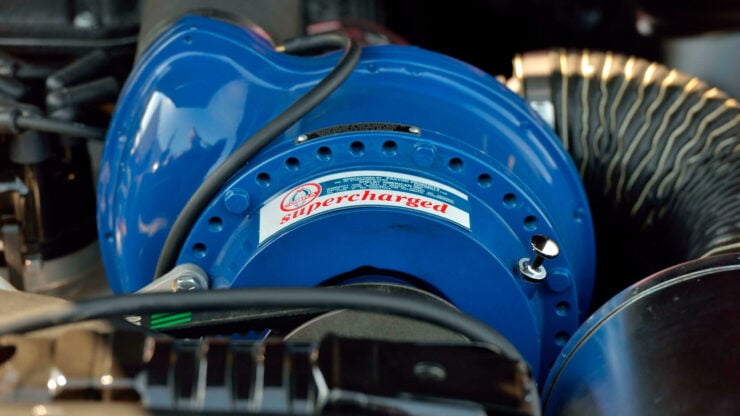
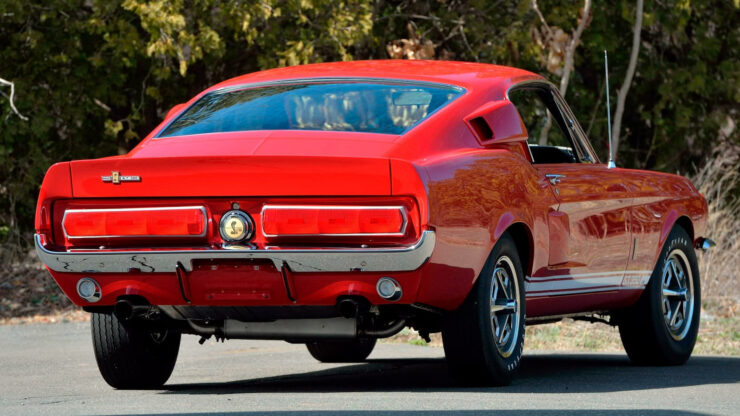
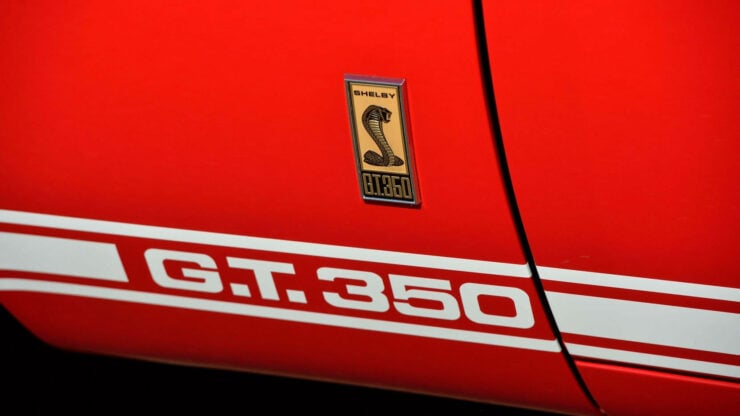
Images courtesy of Mecum

